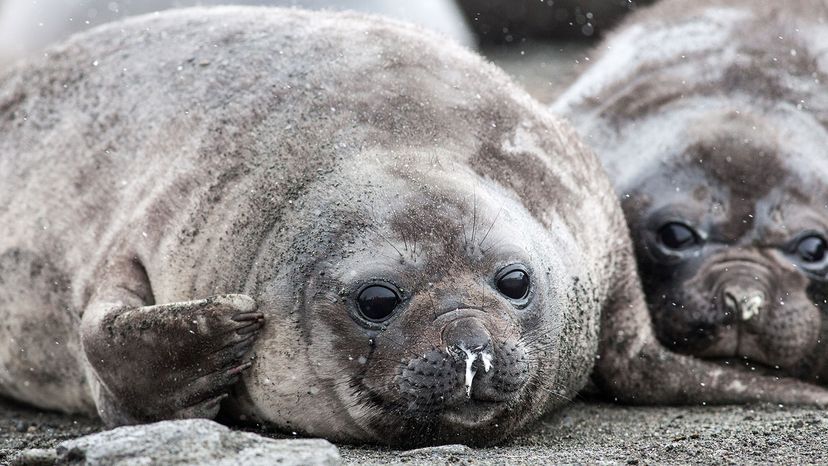
Snot. It's not the most appetizing subject. It would probably disturb you to know that you swallow down loads of it in a day — even on your healthiest of days. That slimy gelatinous goo we call mucus doesn't just roll down the back of your throat or clog up your nose; it's actually found on all the wet surfaces of your body not covered in skin. That includes the lungs, sinuses, mouth, stomach, intestines, cervix and even eyes, to name a few.
So why do we have to put up with it? Because, as disgusting as it may be, mucus plays a hugely important role in keeping us healthy. And not just us humans. The same mucus helps protect other creatures, too.
Advertisement
Mucus is a bit of a mystery. Although mammals, fish and amphibians (and other creatures) all produce mucus, a new study has found many mucus genes don't share a common ancestor. This is unusual because genes with a similar function often evolve from a common ancestral gene. But in humans, for instance, genes that encode for mucus are members of several families that probably evolved independently.
During this study on the mucins (the key component that makes mucus slimy) in saliva across 49 different mammal species, a team from the University of Buffalo (UB) discovered that some non-mucin proteins in some mammals had evolved into mucins. (The study was published Aug. 26 in the journal Science Advances.)
"If these mucins keep evolving from non-mucins over and over again in different species at different times, it suggests that there is some sort of adaptive pressure that makes it beneficial," said UB Ph.D. student Petar Pajic, lead author of the study in a press release. "And then, at the other end of the spectrum, maybe if this mechanism goes 'off the rails' — happening too much or in the wrong tissue — then maybe it can lead to disease like certain cancers or mucosal illnesses."
"I don't think it was previously known that protein function can evolve this way, from a protein gaining repeated sequences. A protein that isn't a mucin becomes a mucin just by gaining repeats. This is an important way that evolution makes slime. It's an evolutionary trick, and we now document this happening over and over again," said Omer Gokcumen, Ph.D., UB associate professor of biological sciences and senior author of the study, in the same press release.
Advertisement



